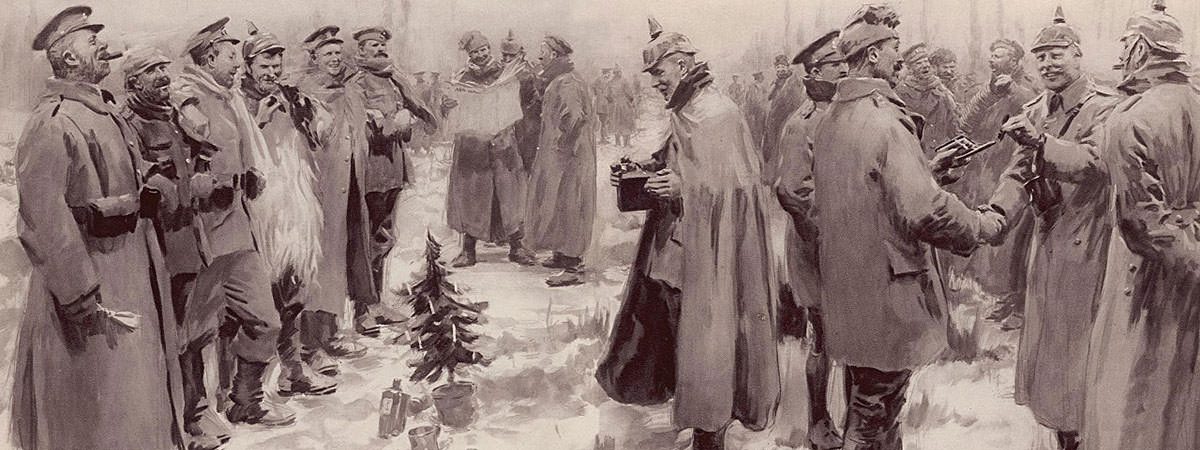Fought between 28 July 1914 to 11 November 1918, World War I was a global conflict primarily pitting the Central Powers of Germany, Austria-Hungary, the Ottoman Empire and Bulgaria against the Allies which was a coalition of many nations, most prominently the Great Britain, France, Russia, Japan and Italy. There are many fun stories and incidents associated with the First World War. These include a temporary Christmas truce in which warring soldiers sang Christmas carols; an American native language being used as a secret code; and a dog who was promoted to the rank of Sargent. Here are 10 fun facts about World War I or the Great War.
#1 AN ARTHUR CANON DOYLE SHORT STORY TURNED PROPHETIC
In 1912, renowned writer and creator of Sherlock Holmes, Sir Arthur Canon Doyle had written a story with the title of Danger! The story revolved around a fictional nation of Norland which declares war on Britain. Norland’s submarines effect a blockade, sinking all merchant ships that venture near England. Once the blockade of merchant ships is complete, they take the next step, sinking the Olympic, a massive luxury passenger vessel thus forcing England to surrender. Doyle’s story focused on the nation’s vulnerable Navy, and on the emergence of submarine warfare. The story was thus accurate in predicting the changing face of naval warfare; and seemed to come true when a German submarine torpedoed the passenger vessel Lusitania in 1915, killing over a thousand people.
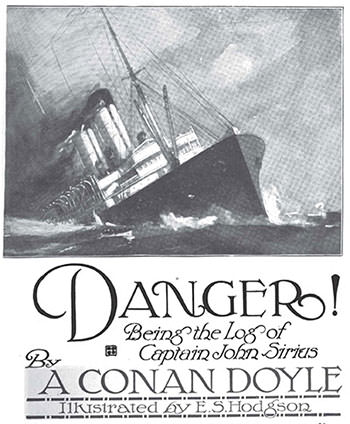
#2 EIFFEL TOWER HELPED IN THE ARREST OF MATA HARI
Among the most iconic monuments in the world, the Eiffel Tower in Paris, France was built to celebrate the 100 years of the French Revolution, and opened to the public in 1889. During the First World War, the wireless station of the Eiffel tower was used by the French military to intercept the messages of their enemy. Among its most famous feat, the radio station situated above the tower intercepted a coded message between Spain and Germany which included information associated with ‘Operative H-21’. This was none other than the famous Dutch exotic dancer Margaretha MacLeod, popularly known as Mata Hari whom the Germans used as their spy. The message formed the basis for the ultimate arrest, charge and execution of Mata Hari for espionage.
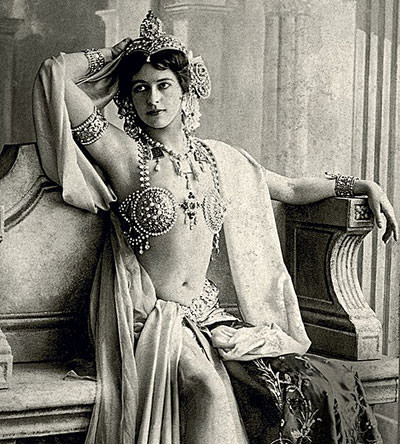
#3 HITLER HAD A DIFFERENT MOUSTACHE IN WW1
The clipped tooth brush styled moustache has become synonymous with Adolf Hitler for many years. It is, however, interesting to note that Hitler kept a large Prussian style moustache in WWI, and was simply following orders when he first trimmed it. An unpublished essay, “The Unknown Private – Personal Memories of Hitler” which was unearthed many years after WWI, gave fresh insight into the subject. Alexander Moritz Frey was a writer. He had known Hitler when both had served as privates in the Bavarian infantry division, in WW1 trenches. According to his essay the future Fuhrer was only obeying orders when he shaped his moustache into its tightly-clipped style. Hitler carried a large Prussian moustache but was ordered to clip them, so that they could easily fit under the respiratory masks, introduced in response to British gas attacks.
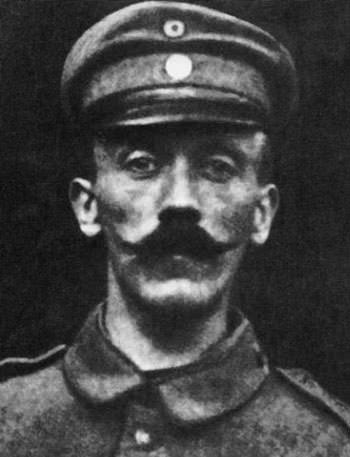
#4 TITANIC’S SISTER SHIP SANK A U BOAT
The Royal Mail Ship Olympic was a commercial luxury liner of White Star Line, and sister ship of the Titanic and Britannic, constructed for the highly profitable transatlantic passenger trade. Launched on October 20, 1910, the ship was the largest of its kind at the time, with a length of approximately 269 meters, gross tonnage of 45,324 and the capacity of carrying more than 2,300 passengers. Major safety improvements were made to the ship after Titanic sank in 1912 and it was requisitioned as a troop ship in 1915 to ferry Canadian and U.S. troops to Europe. In May 1918, it also became the only non-military vessel in WWI to sink an enemy warship when she rammed and sank German U-boat U-103 near the Isles of Scilly. Nicknamed the “old reliable”, RMS Olympic retired from its military career in 1919. However, it continued its commercial operations until April 1935 when it was retired from service.
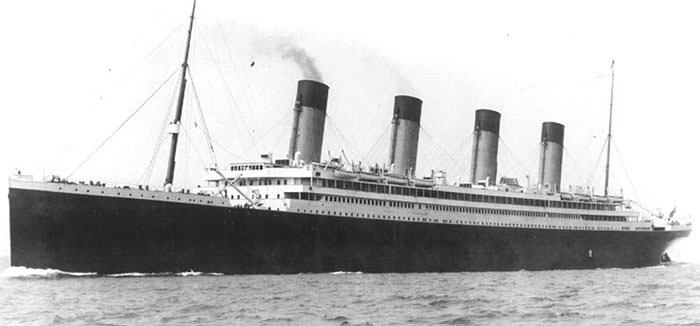
#5 SHIPS USED DAZZLE CAMOUFLAGE TO HIDE IN PLAIN SIGHT
WW1 saw the camouflaging of ships as a strategy to hide the ships from view against the back drop of the ocean and sky. This technique was however found wanting when it came to German U-boats, which could pick the camouflaged ships as silhouettes through their periscopes. Thus, the idea of ‘dazzle painting’ was proposed by Royal Navy volunteer Norman Wilkinson; a painter and graphic designer in his civilian life. This technique did not have the purpose of hiding the ship but to create an optical illusion which made it very difficult to read its course in an accurate way.
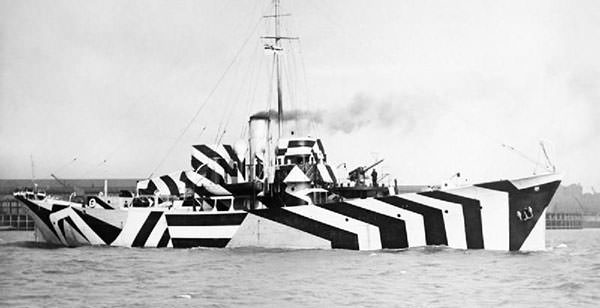
The ships’ were thus painted with startling stripes, swirls and irregular abstract shapes that brought to mind the Cubist paintings of Pablo Picasso. By late 1917, the British officials were sufficiently convinced of the effectiveness of dazzle camouflage. Thus the entire British merchant fleet, and some warships were getting the dazzle painting treatment. In March 1918, Wilkinson sailed to America, fulfilling the US government request to help set up a camouflage unit headed by American impressionist painter Everett Warner.
#6 AN UNOFFICIAL CHRISTMAS TRUCE WAS OBSERVED IN MOST OF THE WESTERN FRONT
On December 7, 1914, Pope Benedict XV had suggested a temporary ceasefire between warring nations for the celebration of Christmas. The suggestion was ignored and no official ceasefire was declared. However at the break of dawn on Christmas day, some German soldiers emerged from the trenches calling out “Merry Christmas”. This was first feared as a trick by the Allies but soon the soldiers were shaking hands and exchanging gifts. It is noted that this short lived unofficial truce between the soldiers saw them singing Christmas carols, retrieving bodies from the no man’s land and even playing a friendly football match on No Man’s Land near Ypres, Belgium. The Christmas truce was not repeated in the following years. Future attempts at holiday ceasefires were quashed by officers’ threats of disciplinary action.
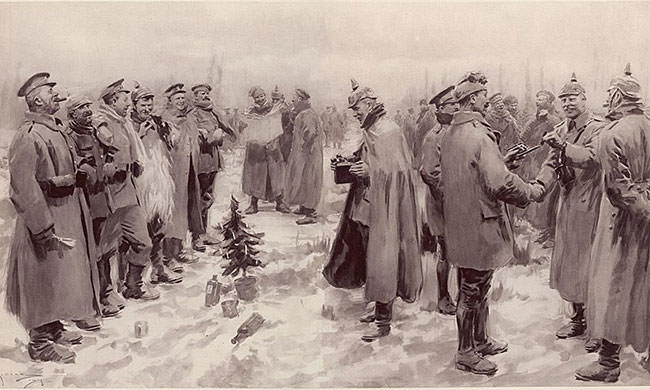
#7 AMERICAN NATIVE LANGUAGE PROVED TO BE AN UNBREAKABLE CODE
The Germans had decent English language skills and were quite successful in breaking military codes. They were also able to capture one out of four paper messengers. In the later years of WWI, an American officer, Colonel A. W. Bloor, came up with a unique solution to this problem. He had stumbled upon the idea while overhearing two native American Choctaw Indians speaking with each another. Bloor could make no sense of their language and realized that the same would go for the Germans. Adding to the advantage was that most Native American languages were never written down, were spoken by a handful of people and were very rarely heard outside their tribes.
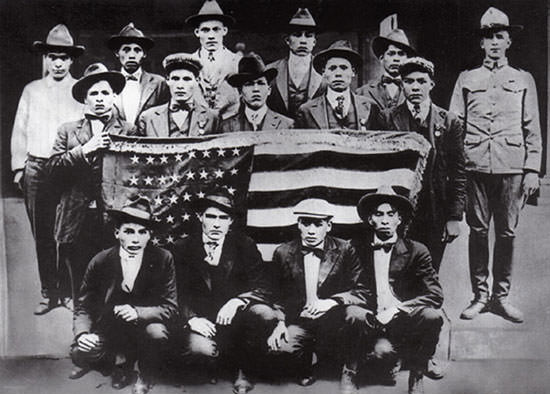
Thus placing Choctaws in each company, messages could be transmitted regardless if the radio was overheard or the telephone lines tapped. The idea was implemented successfully from October 1918, thoroughly confusing the Germans. Almost all 19 known men were from the Choctow Nation of the Indian Territory. They became known as the Choctaw Code Talkers. The precedent was followed more extensively in WWII where the Navajo Code Talkers using the Navajo native language played a pivotal role in American military plans.

#8 THE GERMANS EMPLOYED ABOUT 30,000 DOGS
As the complexities of trench warfare became a reality, the dogs played a vital role in WWI. It is estimated that by 1918, Germany had employed 30,000 dogs; Britain, France and Belgian over 20,000; and Italy 3000. Though lots of breeds were used, native German dog breeds like Doberman Pinschers and German Shepherds remained the most popular because of their intelligence, superior strength, agility, territorial nature and trainability.
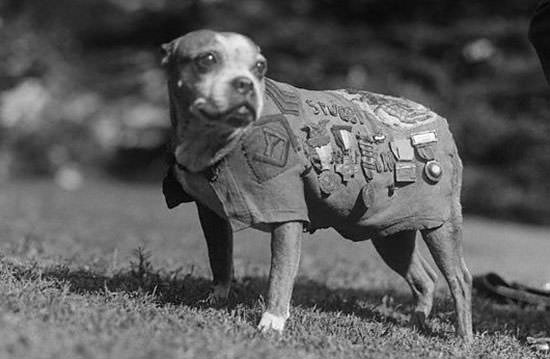
Dogs were used for various purposes like patrolling (sentry dogs); detecting approaching enemies (scout dogs); finding the wounded and dying on battlefields and equipping them with medical supplies (casualty dogs); and sending messages (messenger dogs). Sargent Stubby was perhaps the most known dog of WWI. A Bull Terrier and official mascot of the 102nd Infantry Regiment (United States), Stubby in his eighteen months of service saved his regiment from surprise mustard gas attacks; found and comforted the wounded; and once caught a German soldier by the seat of his pants. Although there is no official documentary evidence, it is claimed that he was the only dog to be nominated for rank and then promoted to sergeant through combat.
#9 WEST GERMANY VOTED IN 1964 TO BACK PAY THE ASKARI STILL ALIVE
Askaris were local soldiers serving in the armies of European Colonial Powers in Africa. Recruited from local tribal groups, the Askari were part of the German East Africa Company since 1888. During WW1, 11,000 of them under the leadership of Paul von Lettow-Vorbeck had managed to resist numerically superior British, Portuguese and Belgian colonial forces till the end of the First World War. The Weimar Republic and pre-war Nazi Germany had provided pension payments to the German Askari, but this was disrupted by the Second World War. In 1964, the Federal Republic of Germany voted to fund the back pay of the Askari still alive. There was however a problem as many them did not have any proof of their service. The banker who had brought the money came up with an idea: as each claimant stepped forward he was handed a broom and ordered in German to perform the manual of arms. Not one of them failed the test.
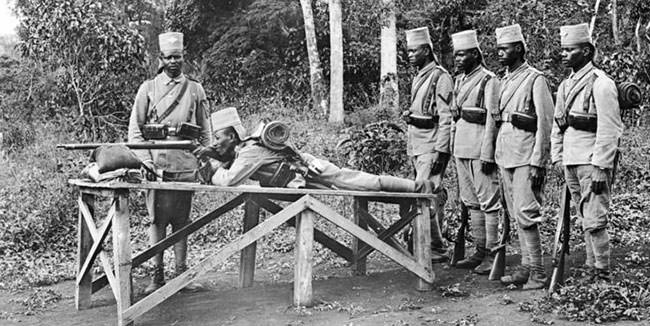
#10 A FAKE PARIS WAS BUILT TO FOOL GERMAN BOMBERS
At the height of World War I in 1917, the French capital of Paris was in the line of fire of bombing attacks by German bomber planes and zeppelins. Relying on the fact that aviation at the time was dependent on visual flight and target acquisition, an Italian engineer named Fernand Jacopozzi suggested a plan to avoid the further destruction of the city. The plan involved building a “fake Paris” with replicas of major areas of the city including the City Centre, industrial zones and iconic landmarks. The fake city was to be lighted using an intricate pattern of multi-colored lights, making it look like Paris had tried to initiate a blackout, but failed. While real Paris would enforce a strict black out.

The government approved this plan, keeping it a secret for obvious reasons. According to archives unearthed by Le Figaro newspaper, military planners believed German pilots could be fooled into destroying the dummy city rather than the real one. An area around 15 miles from the center of Paris was chosen; and on a stretch of the River Seine, similar to the capital. Craftsmen were hired and resources were made available to raise the necessary structures. Tremendous attention was given to detail of copying Paris. Transparent paint was applied to the tops of the fake industrial buildings to simulate the look of glass. The city also had a fake wooden train. White, yellow and red lamps were also used to create the effect of machines in operation at night. However despite all the effort, the project was never really tested. The replica of Paris was not ready until the last German raids on Paris in September 1918, which was soon followed by the end of war. As armistice was signed, city officials moved to quickly disassemble the structures, still wanting to keep the plan a secret.

